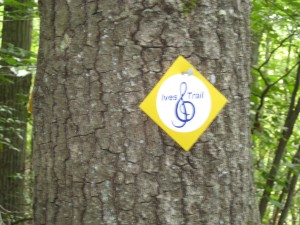My good friend Anne Garland, wife of songwriter David, gave me some html code with which to make my Just Intonation Explained page far more convenient and practical by embedding the mp3s so that they don’t jump to a new page to play, and you can keep reading the text while listening. She warned that it doesn’t work on all browsers, and so if any of you find you can’t access the recorded examples, please let me know and I’ll put the original version back up as an alternative. This is going to open up a lot of possibilities: I’ve been considering putting up a Listener’s Guide to the Concord based on my analysis.
Just prepared my “Late Beethoven” syllabus, about to walk into my first class of the semester in three hours.









